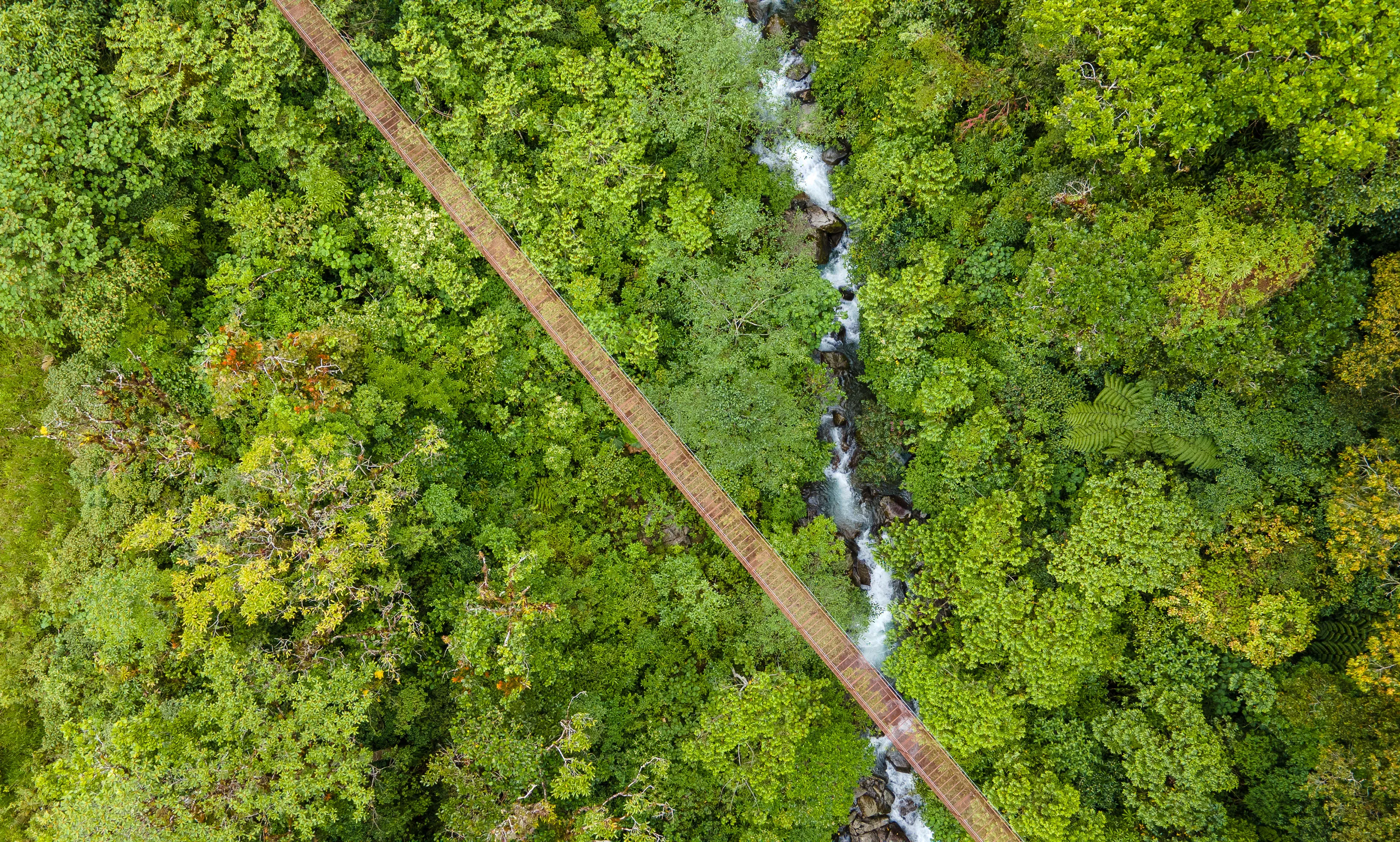Weather & Climate Zones
Posted Mar 27, 2023
Costa Rica’s weather deMISTified
Most people are misinformed when it comes to understanding Costa Rica’s weather and micro-climates!
Yes, it’s true that the country doesn’t have the same four seasons as in northern climates, and the predominant seasons are referred to as the dry and the rainy seasons. Still, the reality of Costa Rica’s weather is actually much different.
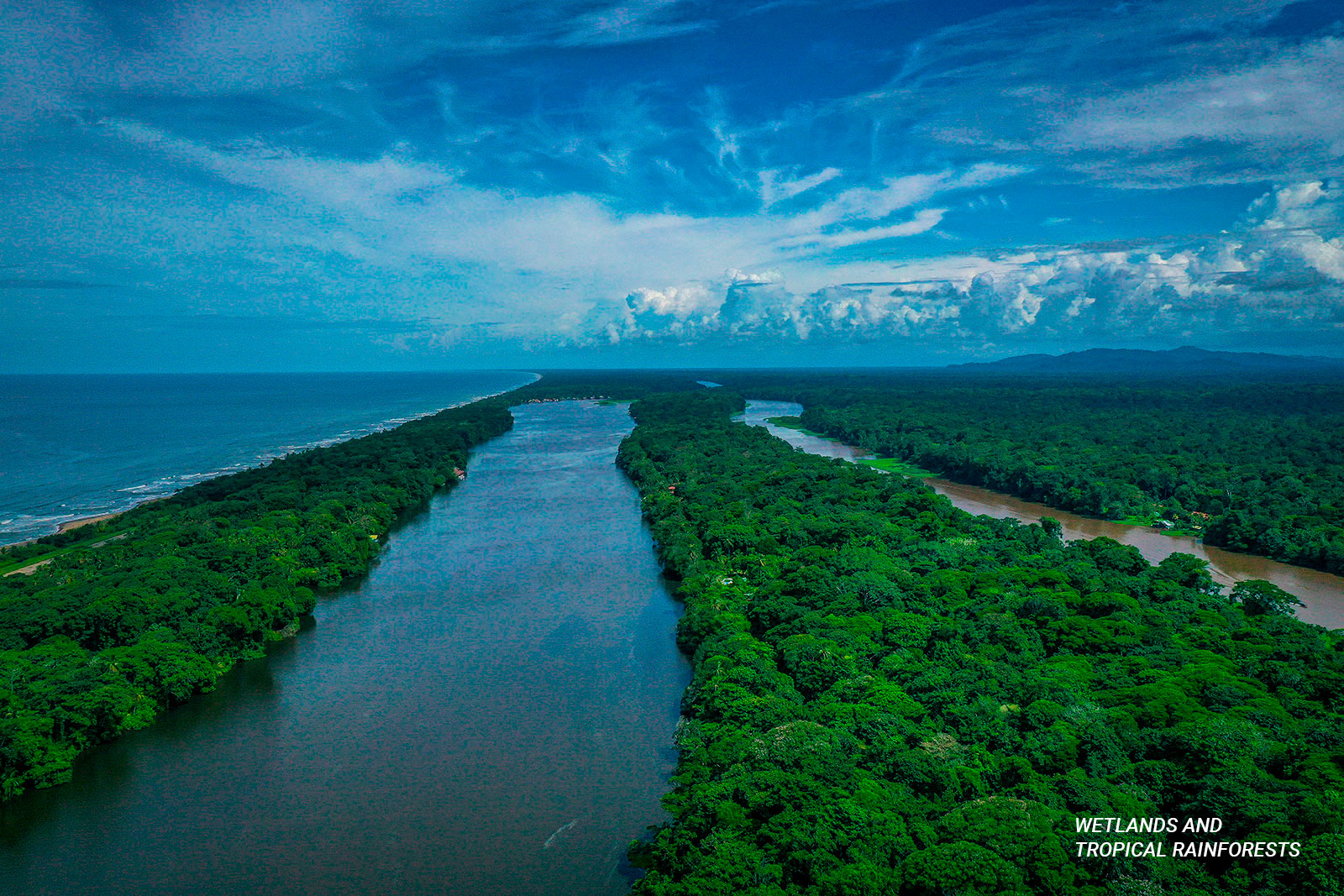
Costa Rica is a topographically diverse country. We have towering mountain ranges, hundreds of volcanoes (most are extinct), extensive Pacific and Atlantic Ocean coastlines, and everything in between. These intense differences in terrain have given rise to dozens of microclimates all over the country.
In other words, there are no clearly defined seasons in Costa Rica; it really just depends on where you go.
What defines a tropical paradise?
First and foremost, Costa Rica is in the tropics, which means it’s usually warm and humid, and the vegetation is lush and green. Much of the country is blanketed in forests – rainforests, cloud forests, transitional forests, and so on.
So, as you’ve probably deduced, rain is a regular phenomenon and vitally important for maintaining the country’s amazing biodiversity.
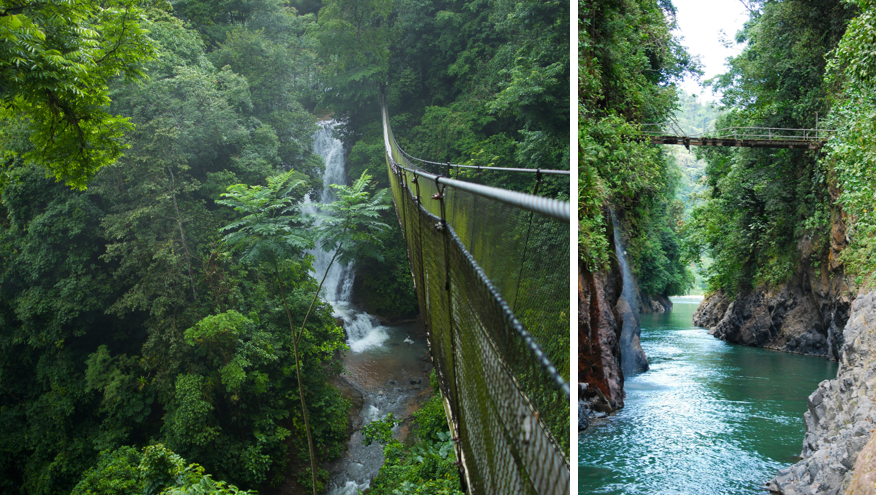
However, this doesn’t mean that it only rains during the rainy season and doesn’t rain during the dry season. In fact, even during the rainiest months, most mornings are bright and sunny. Rains don’t start until the afternoon and usually clear up come evening.
It gets chilly in the mountains.
Then there are four impressive mountain ranges intersecting the country from north to south. And the higher you climb, the chillier it gets, especially at night.
The same goes for the dry season. For most of the country—especially where there are cloud and rainforests—the driest months will still see rain sometimes in the afternoons. The only difference is that their duration is usually shorter.
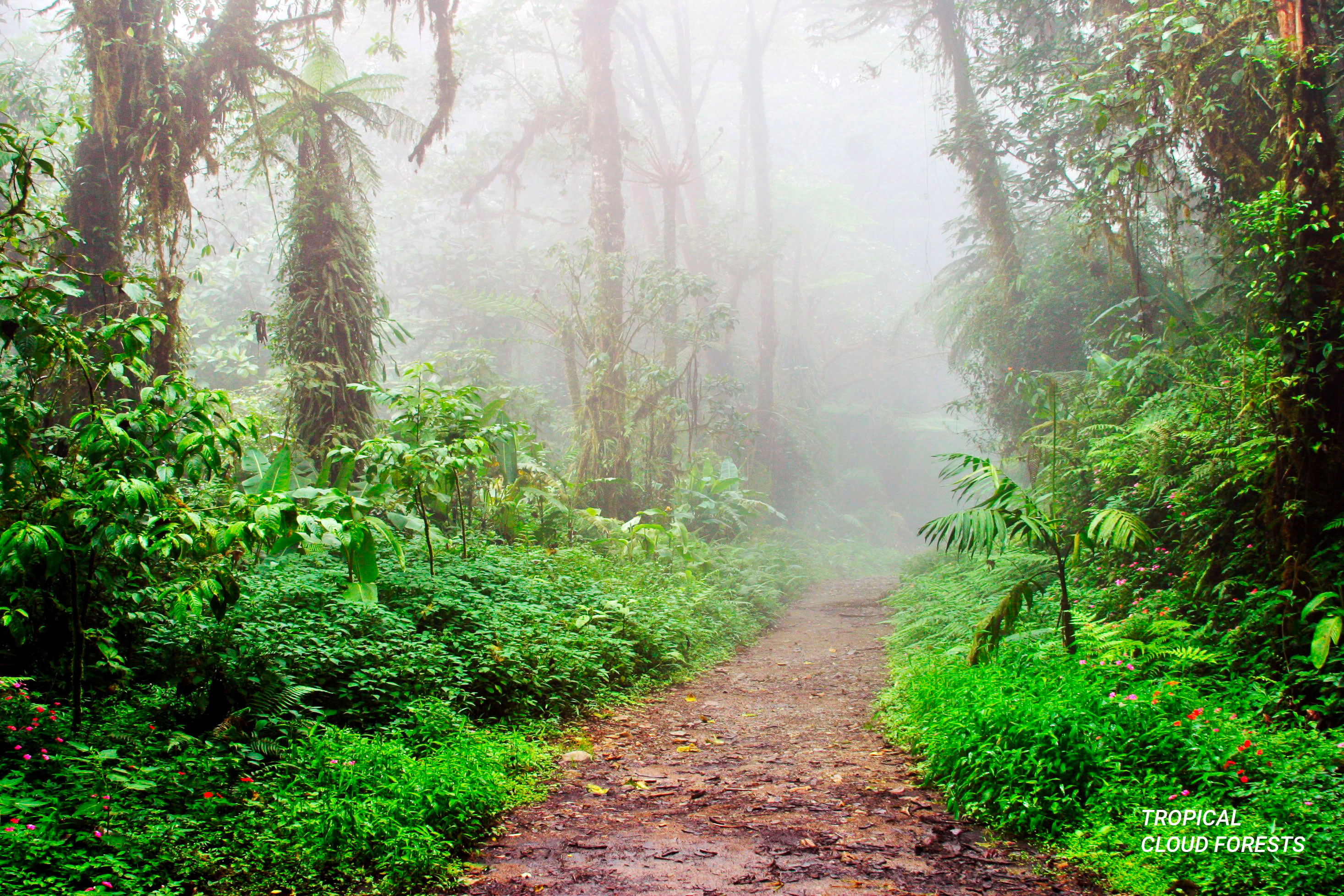
Yes, it rains in the rainforest.
Certain regions experience more annual rain on average. These include the southern zone, the south Pacific, and the Caribbean coast of Costa Rica.
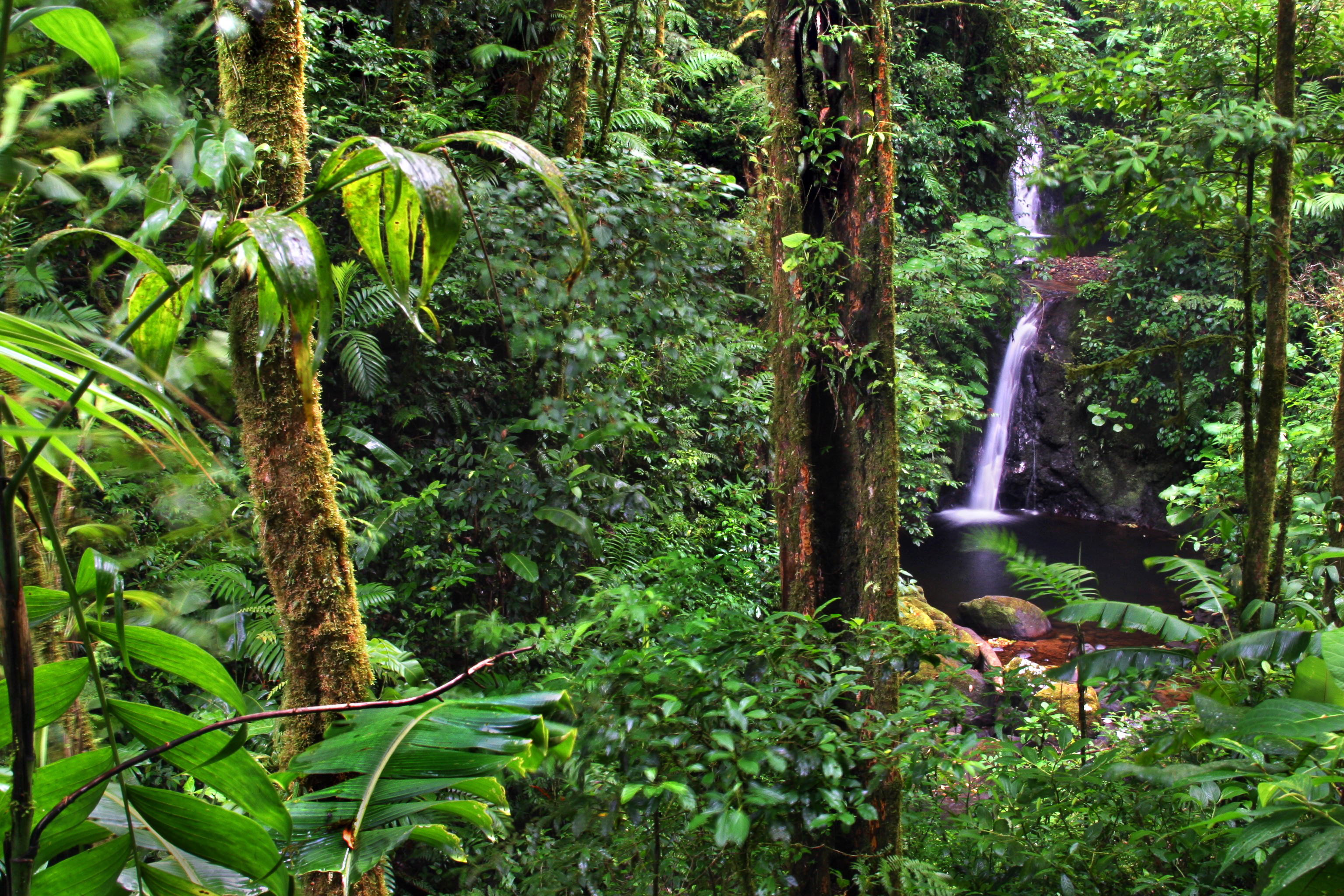
Guanacaste Province, which encompasses the northwest Pacific Coast and northern zone, on the other hand, is typically more dry.
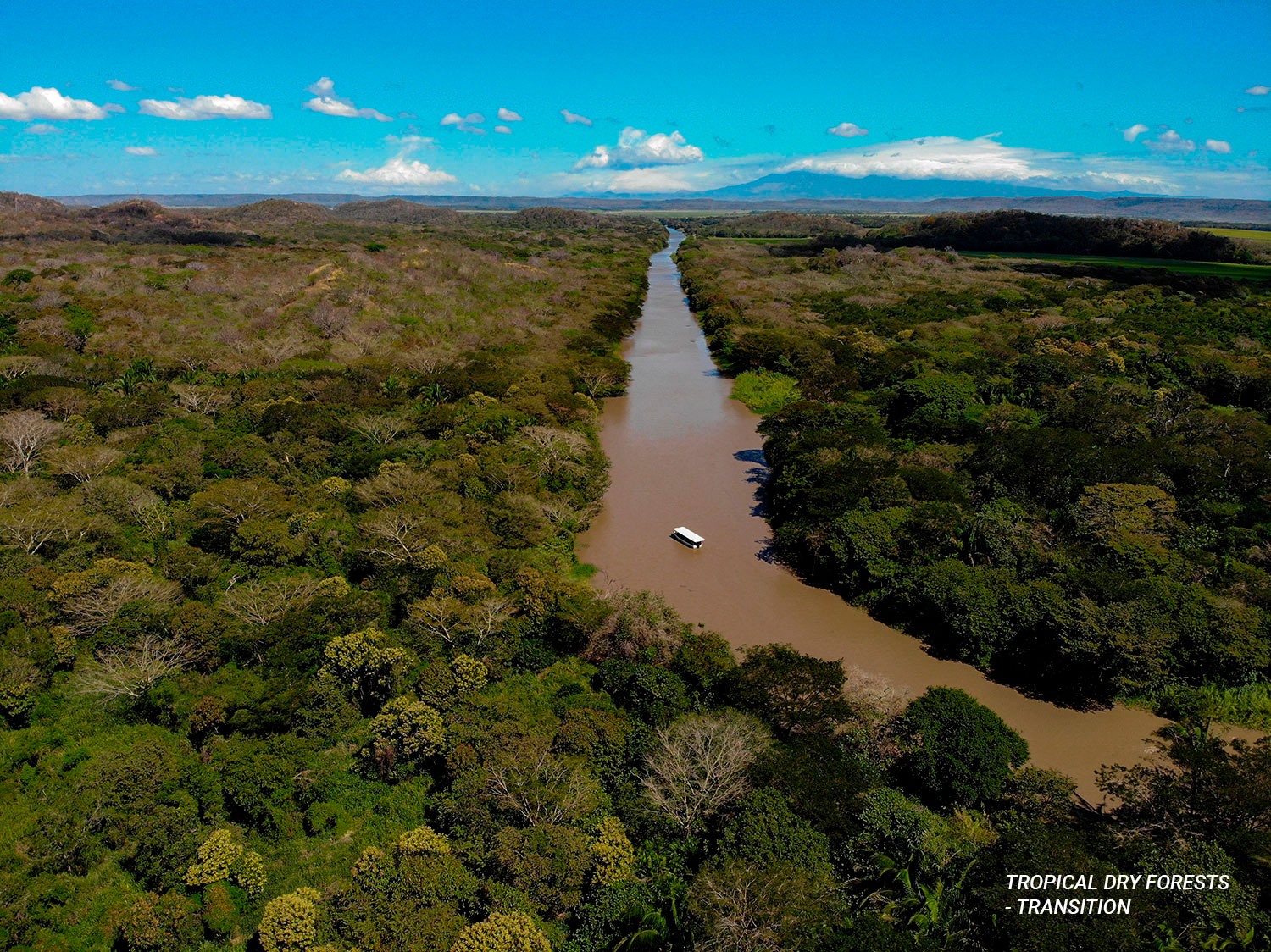
We at Travel Pioneers always tell our clients that Costa Rica is a great place to visit year-round. Especially because when the rains are heaviest in one area, you’ll find plenty of sunshine somewhere else – remember those microclimates?
As a rule of thumb, September through November are generally the wettest months of the year on the Pacific Coast. And conversely, this same period is the driest, most fabulous time to visit the Caribbean side of Costa Rica. See! It’s a win-win.
Preparing for paradise
So, while packing for your upcoming vacation in paradise, try to keep your Costa Rica bases covered.
Prepare for lots of sun, humidity, and the ever-present possibility of rain. If you’re heading into the highlands for some hiking and birdwatching, make sure to bring layers that you can add to when it gets cold and peel off when the heat rises. Throw in a bathing suit, sun hat, and your personal essentials, and you’ll be ready to enjoy the land of Pura Vida!
